Walmart Embraces Amazon MCF: A New Era of Cross-Platform Fulfillment for eCommerce
Walmart Embraces Amazon MCF: A New Era of Cross-Platform Fulfillment for eCommerce
Mobile applications (also known as mobile apps) are software programs. Developers build these for mobile devices such as smartphones, tablets or wearable devices. These have functions that elevate your experience with the device. Now, some devices come with mobile apps that are there by default by the makers of the device. For others, you visit app stores and download as per your requirement and convenience. But in initial stages, it was not this easy. Let’s explore how the mobile app industry took turns and revolutionized itself with latest technologies.
The first smartphone, IBM’s Simon in 1994, had over 10 inbuilt apps. To name a few these were Address Book, calculator, calendar. Do you remember Nokia’s Snake Game App? In the very beginning, when apps were still in their initial stages, they were all about making basic functions accessible, entertainment and gaming. These were hugely popular as they made life simpler in that era of time. Slowly the engagement patterns changed and people started expecting more from the mobile apps and that’s how the breakthrough in industry came into action.
Did You Know?
We are recognized as a top App Design & Development Company on DesignRush!
While developing a mobile app, the developer creates an app specifically for the operating system in which it runs. For instance, mobile apps that run on Apple’s devices get support from Apple’s operating system (iOS), but not Google’s Android. These are Native Apps (discussed further in the next paragraph).
So an Apple app can’t run on an Android phone, and vice versa. Often, developers create a version for each; for example, a mobile app in the Apple Store typically has its Android’s version in Google Play.
iOS from Apple Inc. and Android from Google are the two dominant platforms in the modern smartphone market. The iOS platform is the operating system that rules Apple’s popular line of iPhone smartphones. While on the other hand in addition to Google devices many other equipment manufacturers use Android operating systems to build their own phones and smart devices.
These apps get full support from app stores and marketplaces. It is easier to locate native apps on app stores catalog.
Native apps are not only easy to operate but In addition to built-in features, Security, Support, Efficiency, Convenience native app offers maximum usage of system’s hardware usage that gives enhanced and better app with richer user experience.
A hybrid app allows developing one codebase for both platforms, certain features or designs do not get support on both devices, this may lead you to ongoing modifications. if flawless, fast performance is essential to your app’s core functionality, then a hybrid app is should not be on your list. Debugging is another big drawback of Hybrid apps. Low expertise of some developers in the targeted platform, figuring out the exact cause of an issue can get complicated.
Mobile web apps have an only limited scope as far as accessing a device’s features. Web apps that support multiple mobile browsers raise the costs of development and maintenance. These might be important if you are a small enterprise owner! Also, an Internet connection will be an absolute must to run a web app. Or you cannot simply use a web app.
Some pointers before making a decision between the types of app
Now, make a feature-reach Shopify mobile app with just a few clicks. Experience the simplest and fast app development ever! See what it offers to you.
With industries turning to machine learning and mobile commerce, conversational bots will also expand greater momentum. From standalone chatbot mobile apps to chatbot assisted mobile app interfaces, this seems like a promising technology.
If you have encountered a sales or customer care representative then you understand how difficult it is to get through the slow and complicated customer handling process. However, that doesn’t seem to be the case with chatbots! Continual developments in technology have opened doors for users. A chatbot has a conversation with a customer and has many possibilities. These can also filter through a large amount of data in a matter of minutes. From customer service, product recommendations to engaging customers through directed marketing campaigns a chatbot can do all!
We are recognized as Top CRM Software Development Company on DesignRush
Image Recognition
To name a few technological operations are object recognition, facial recognition, visual geolocation, gesture recognition, code recognition, industrial automation, and driving assistance.
Two major steps involved in building reliable image recognition technology: hardware processing power, and data cleaning. Image recognition attempts to mimic the way human vision processes an image. First, the system interprets the image as either a raster (pixel-based) or vector (polygon-based) image, identifies the important data in the image, and breaks it down into distinct objects to be examined and saved.
Find out: A Complete Guide To Turn Your Shopify Store Into A Mobile App
Easier and Intuitive: With voice, interaction is more natural, many times faster and hands-free mode is yet another plus point. Works precisely: Typo errors can be avoided and streamlined operations enable higher output. Security: Voice-dedicated processes are always secured; it is comparatively difficult to interpret one’s voice. Diversified uses: Voice recognition through mobile devices makes the process simpler and can be carried out on the move. For instance: Use of voice-based mobile apps while navigating on roads.
The deliberate insertion of augmented reality into apps especially shopping mobile apps allow a better customer experience. See how MageNative innovated the concept of collaborative shopping to enhance the shopping experience through a mobile app.
Business insider predicted that by the end of 2022, the number of AR and VR users in US will reach 95.1 million.
The core advantage for enterprises in augmented reality development for smartphones and tablets is that the hardware is available, and the usage is intuitive and understanding. Augmented reality enhances user experiences, visualization techniques. The cost to develop an AR app has three components: The place, where additional reality gets integrated, the information that the user gets and how it is given.
By taking an intrusive approach to Augmented Reality, mobile app developers and designers are learning to experiment beyond the constricted screen and create models that combine technology more intuitively into everyday life.
Given the cost, time, and intricacy that goes into developing a mobile app, many companies may not have the resources to hire their own internal development team for this purpose. The mobile app is an incredibly intuitive process that may require a team of dedicated developers.
Fortunately, MageNative helps you with their power-packed native mobile apps. From identifying business goals to defining a clear roadmap, we provide you fully developed a native app that supports your business and comes with all essential features and customizations required to excel in your business plan.
MageNative, child company of Cedcommerce, offers a variety of mobile solutions and has a vast, global client base. The company deals largely in customized m-Commerce developments.
We at Magenative continue to work towards advancing our services, to support our clients! MageNative Mobile App Builder is the one-stop solution for all your mobile native app-building needs. We serve various platforms like Magento, Magento 2, Woocommerce, OpenCart, Magento Delivery App, Magento2 Delivery App, Multivendor Marketplace Apps. We look forward to serving you!
The company has a full-fledged research division, which constantly strives to create state-of-the-art solutions for eCommerce store owners looking to expand into mobile commerce.

Walmart Embraces Amazon MCF: A New Era of Cross-Platform Fulfillment for eCommerce
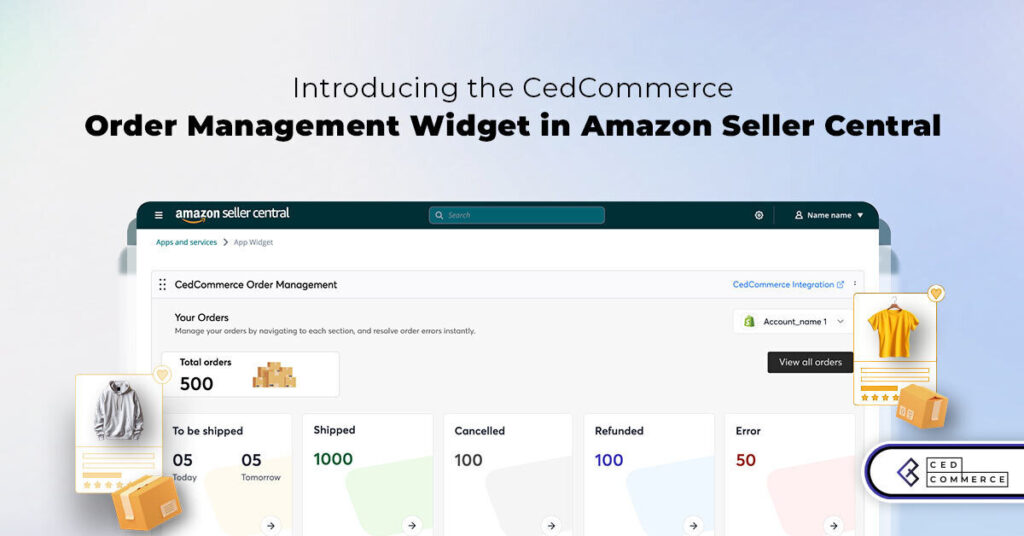
Order Management Redefined: A Centralized Solution for Amazon Sellers

Maximizing TikTok Shop’s Regional Compatibility for US, UK, and EU Markets
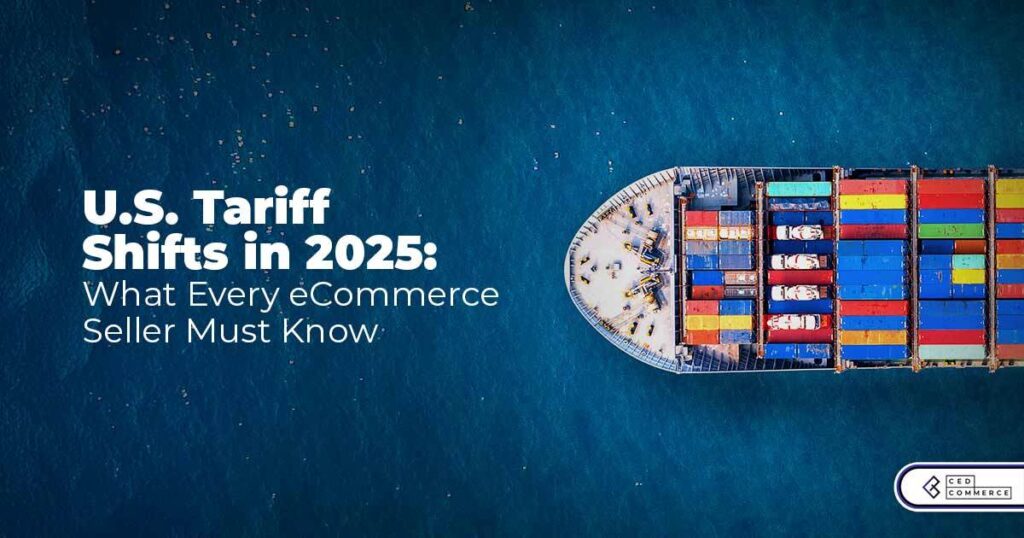
Understanding U.S. Tariffs in 2025: What Sellers Need to Know and Do
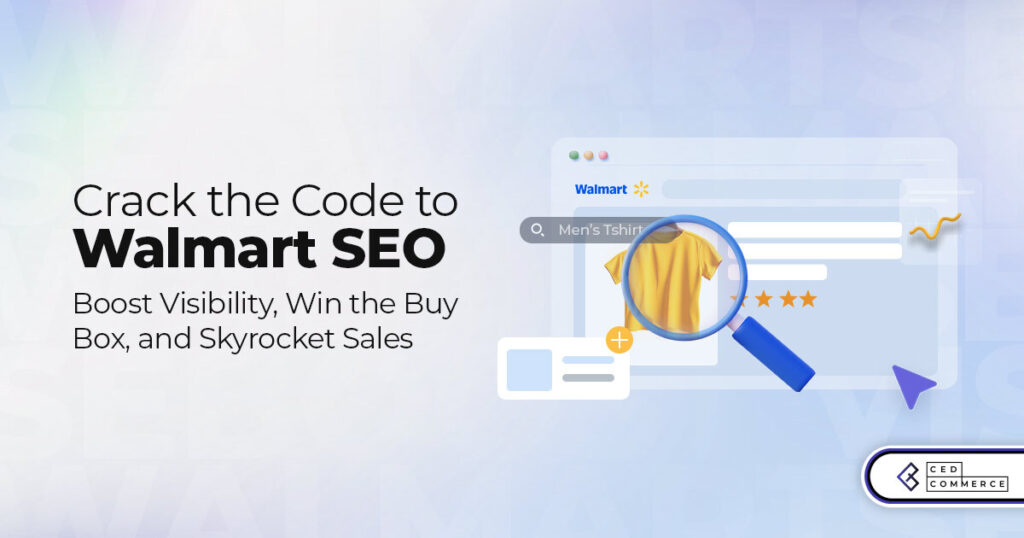
Walmart’s Search Algorithm Decoded: How to Rank Higher & Sell More

TikTok Gets a 75-Day Reprieve in the USA as Trump Signals Hope for a Deal

TikTok Shop Introduces Category-Based Benchmarks for Product Listings – What Sellers Need to Know

Amazon FBA vs. FBM: Which Fulfillment Method Is Right for You?

Amazon Launches Another AI Tool for Sellers: AI Generated Product Enrichment
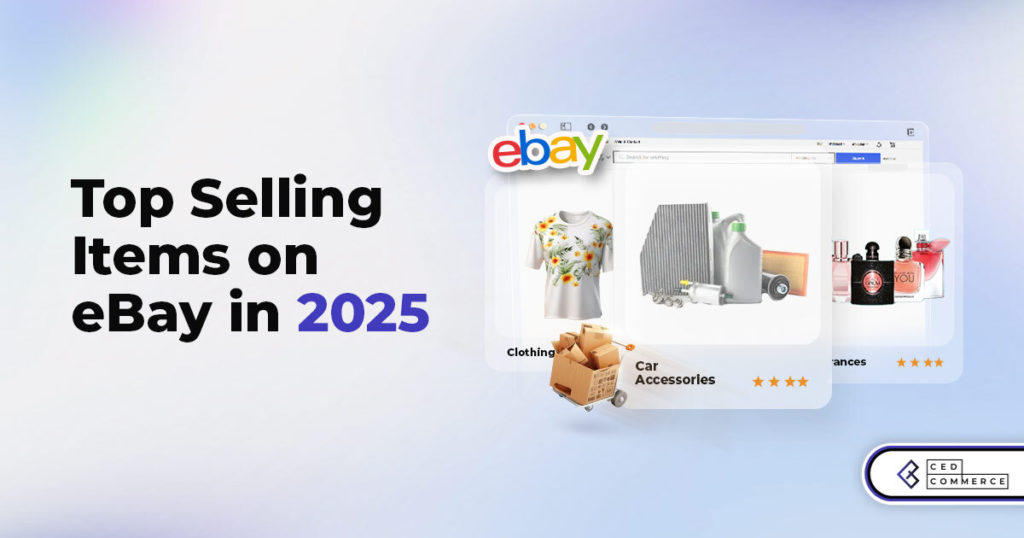
Top 10 Selling Items on eBay in 2025

Amazon launches AI Powered ‘Interests’ Feature to Improve Shopping Experience

Is TikTok Staying in the US? The State of TikTok Ban
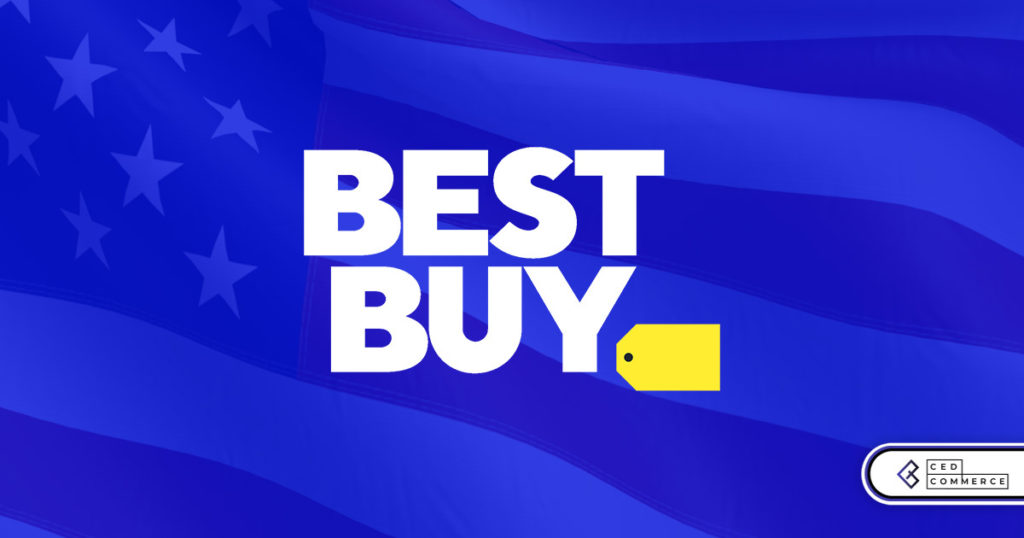
Best Buy coming back to the US, Marketplace Relaunch and New Opportunities in Store!

Miravia PrestaShop Connector: Built for Smart Sellers
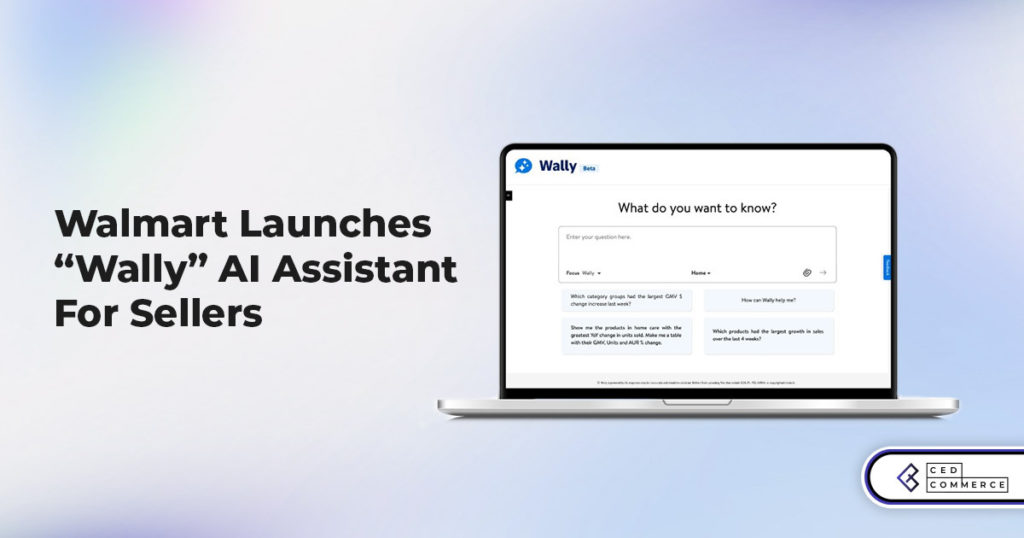
Walmart Launches “Wally”, AI Assistant For Merchants

TikTok Shop to Start Business in Germany, France, and Italy

TikTok Shop Surges as Americans Spend $700 Annually, Defying Regulatory Pressures
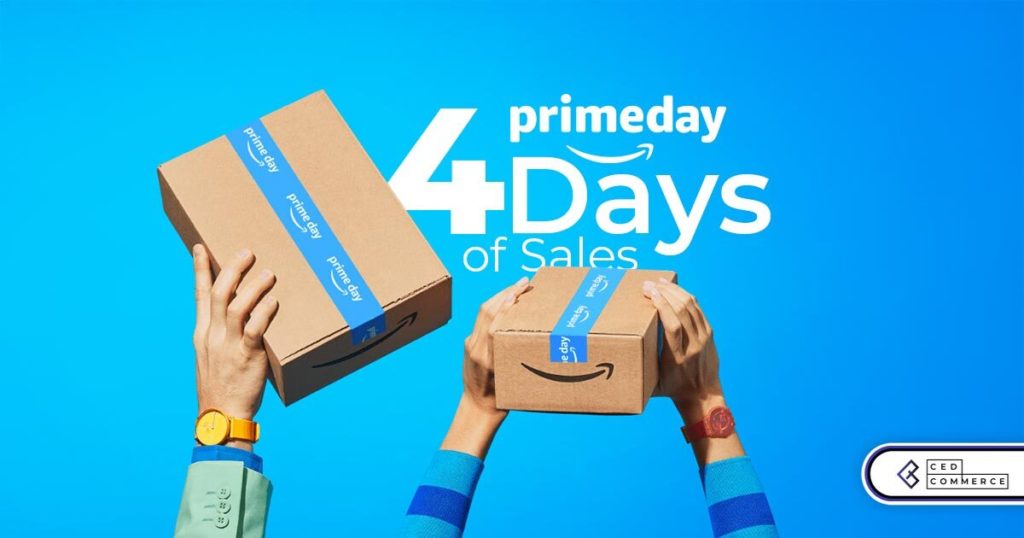
Amazon’s Longest Prime Day Ever: What You Need to Know

eCommerce Growth in the Netherlands: A 5% Surge in 2024 with Bright Prospects Ahead

CedCommerce Launches Shopee & Lazada Integration for WooCommerce on WordPress.com